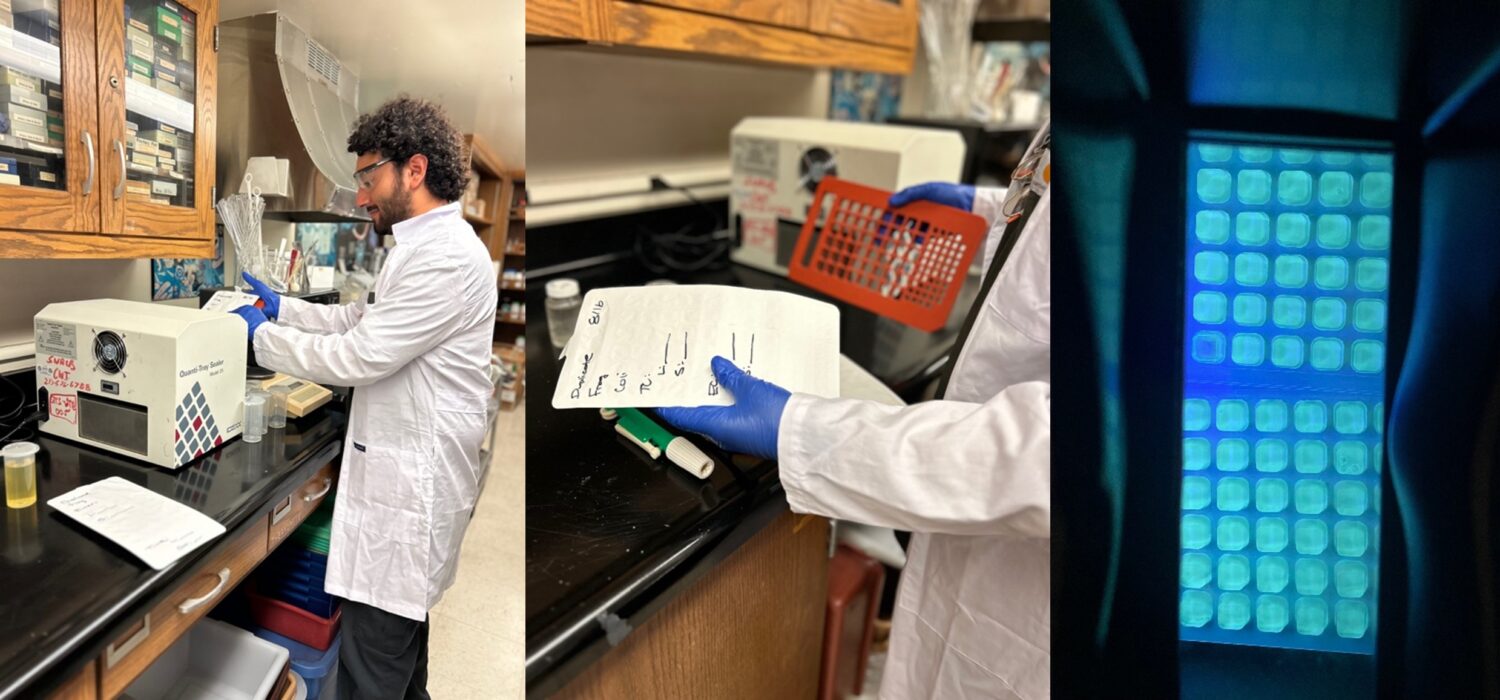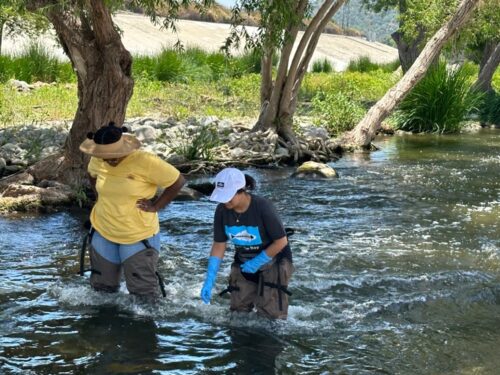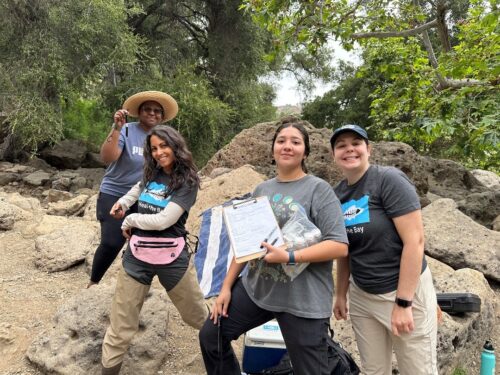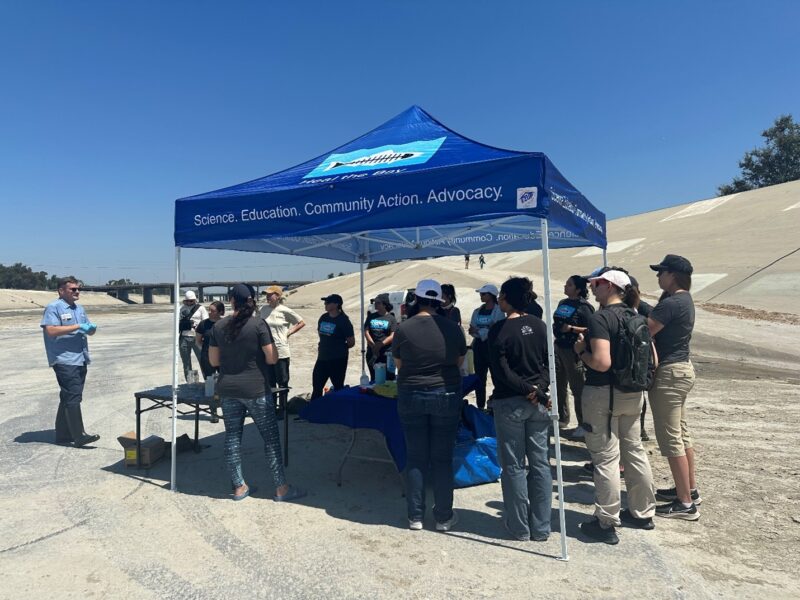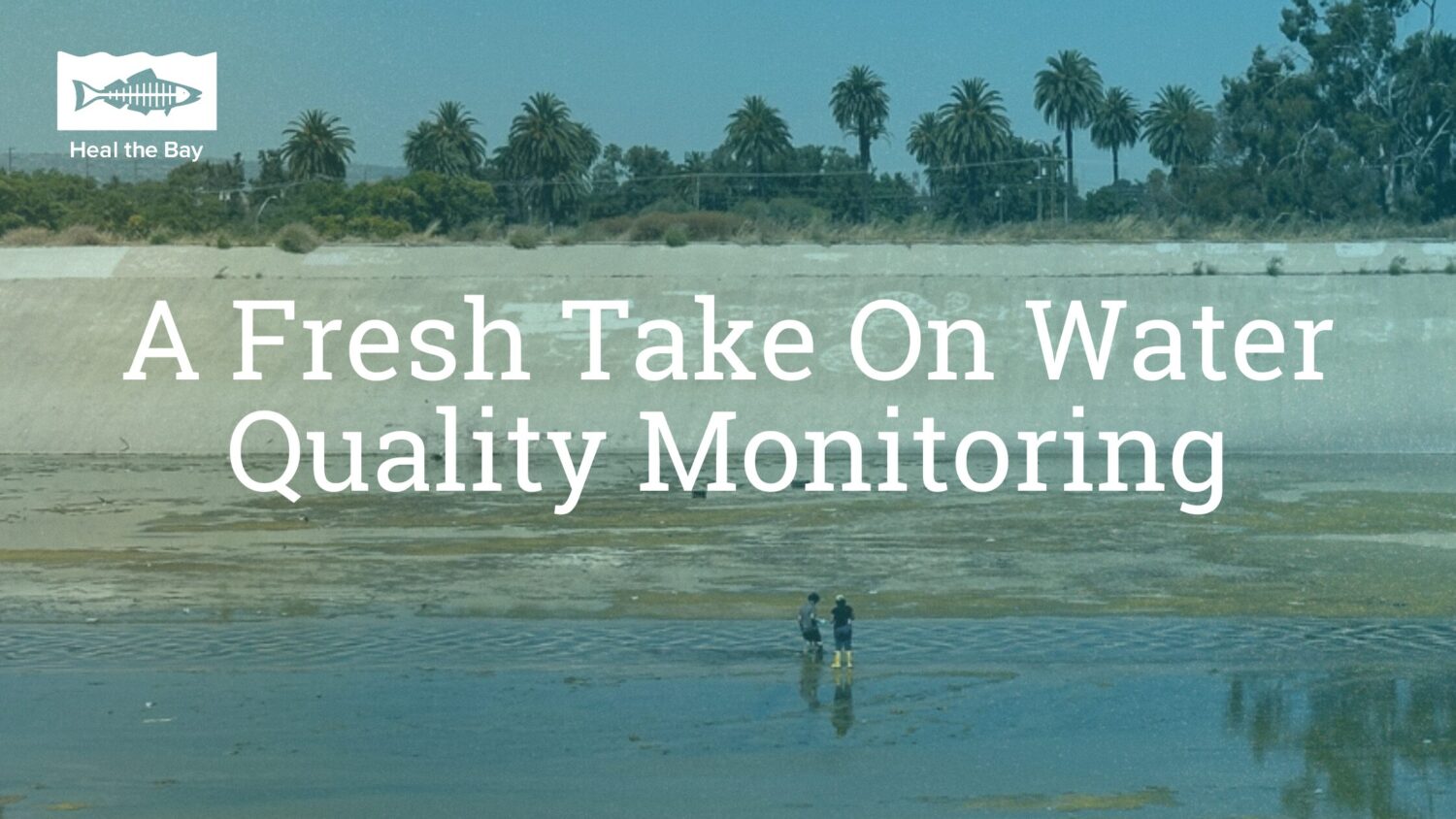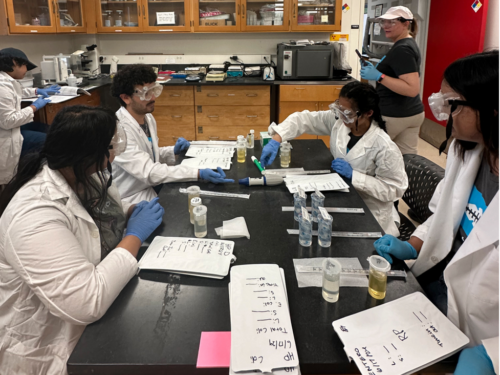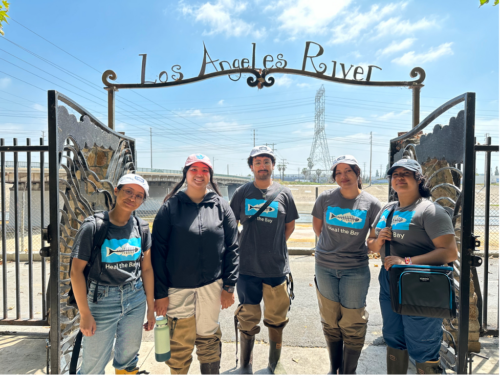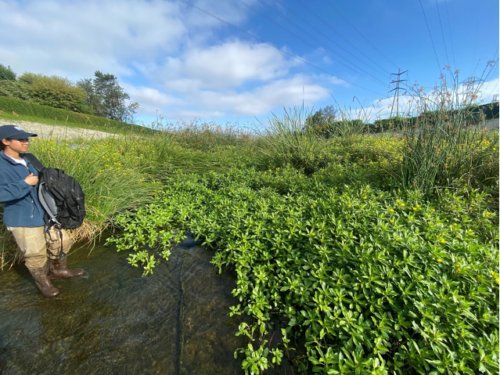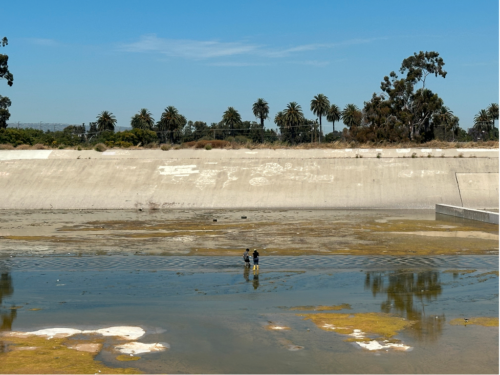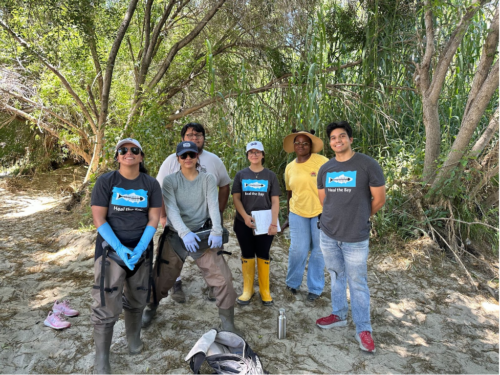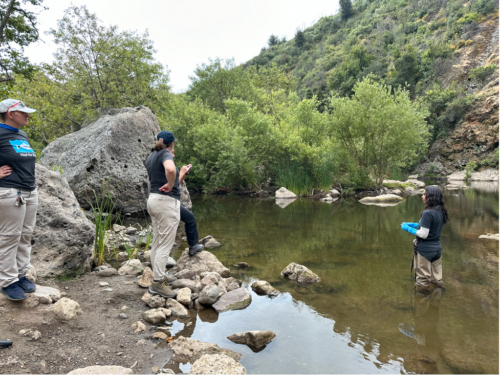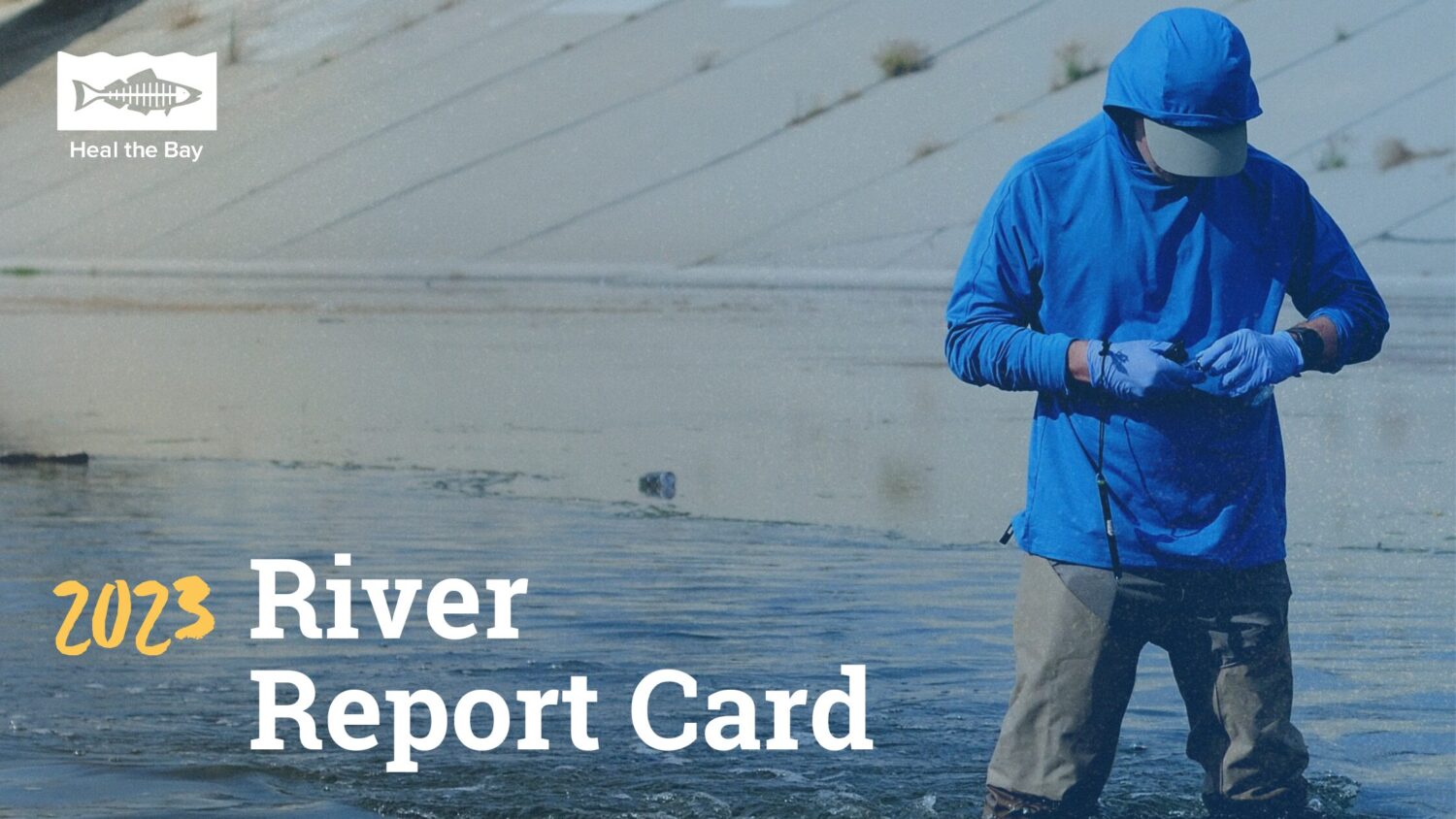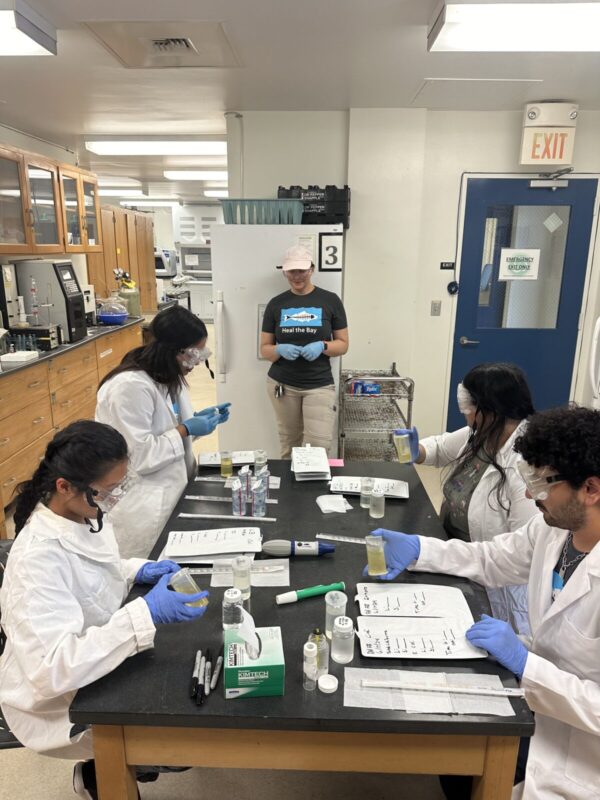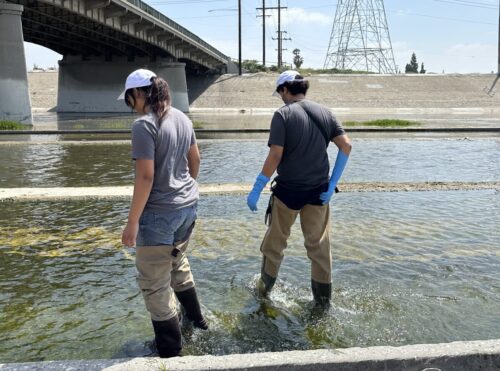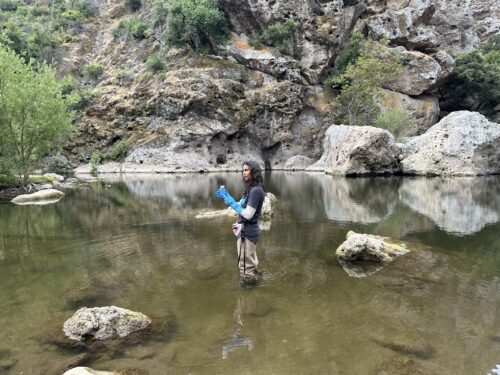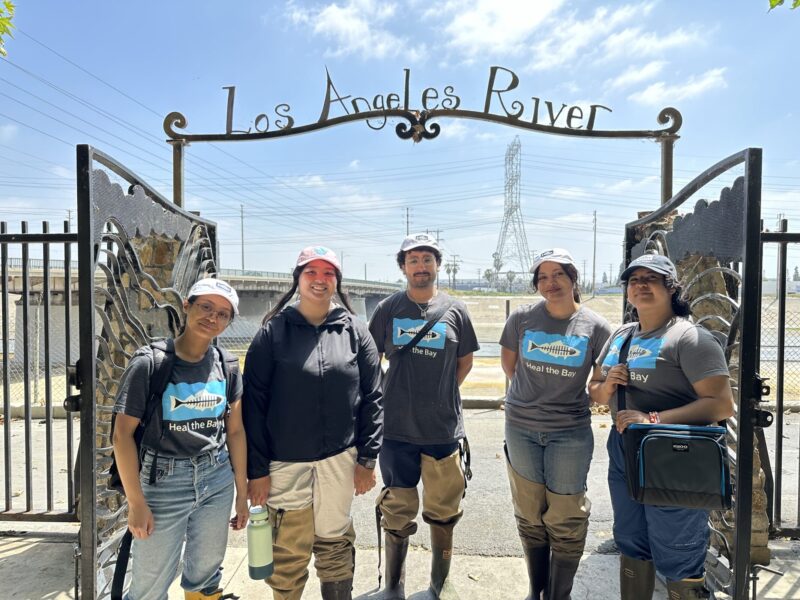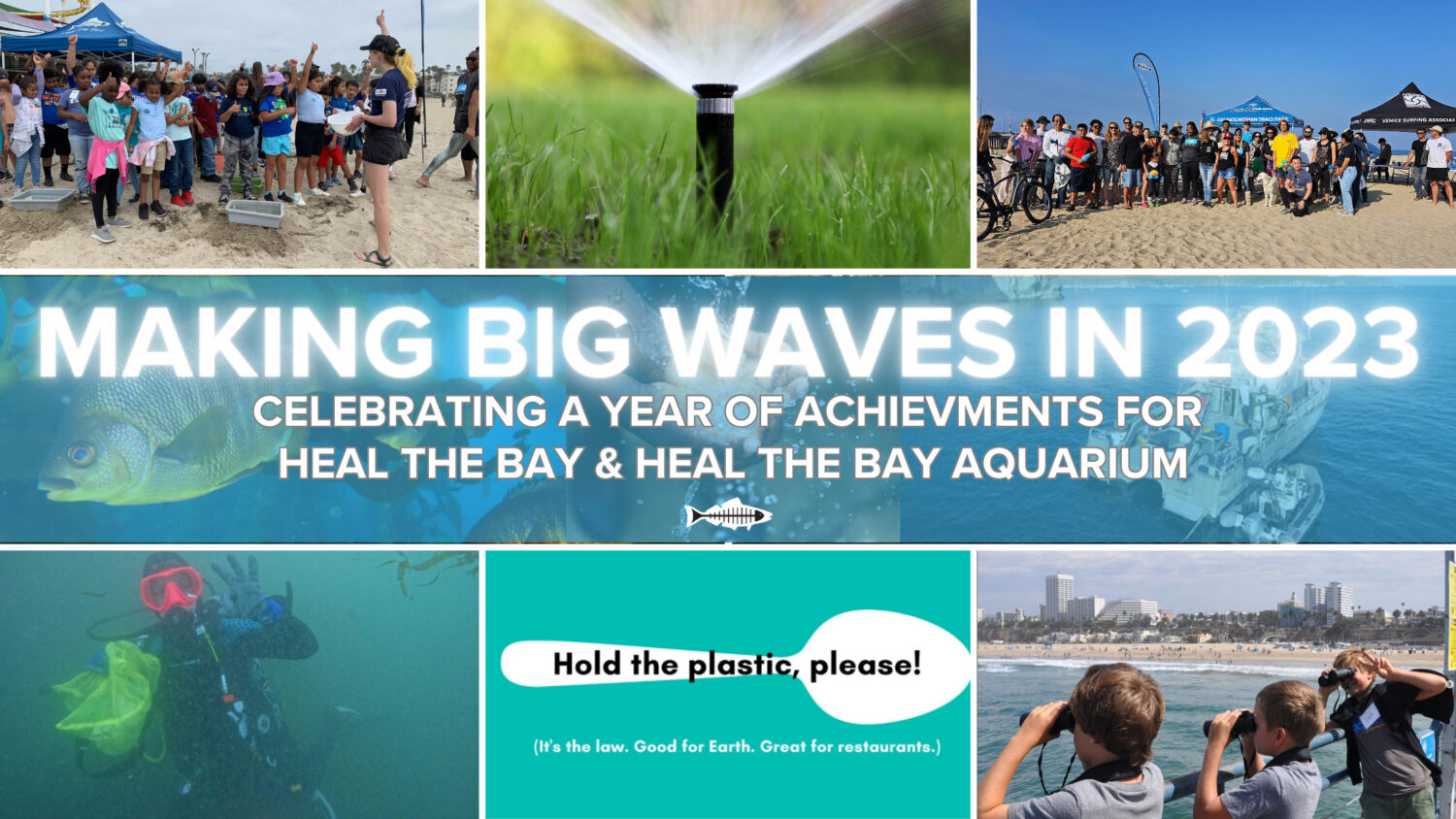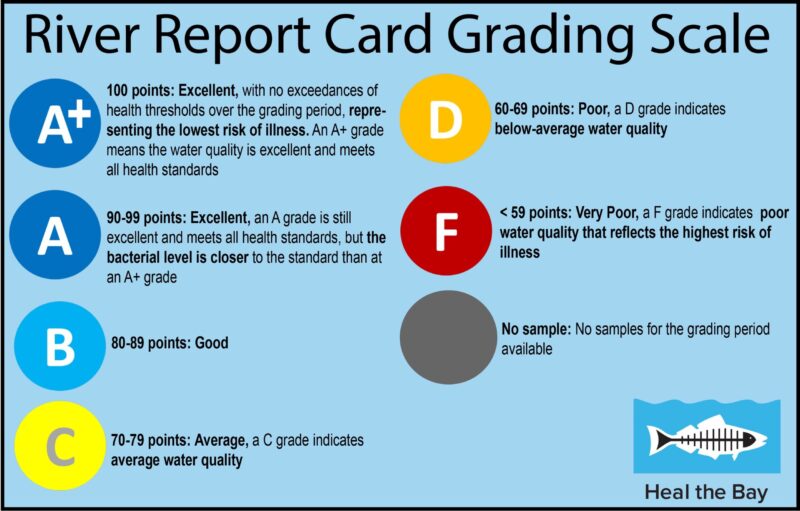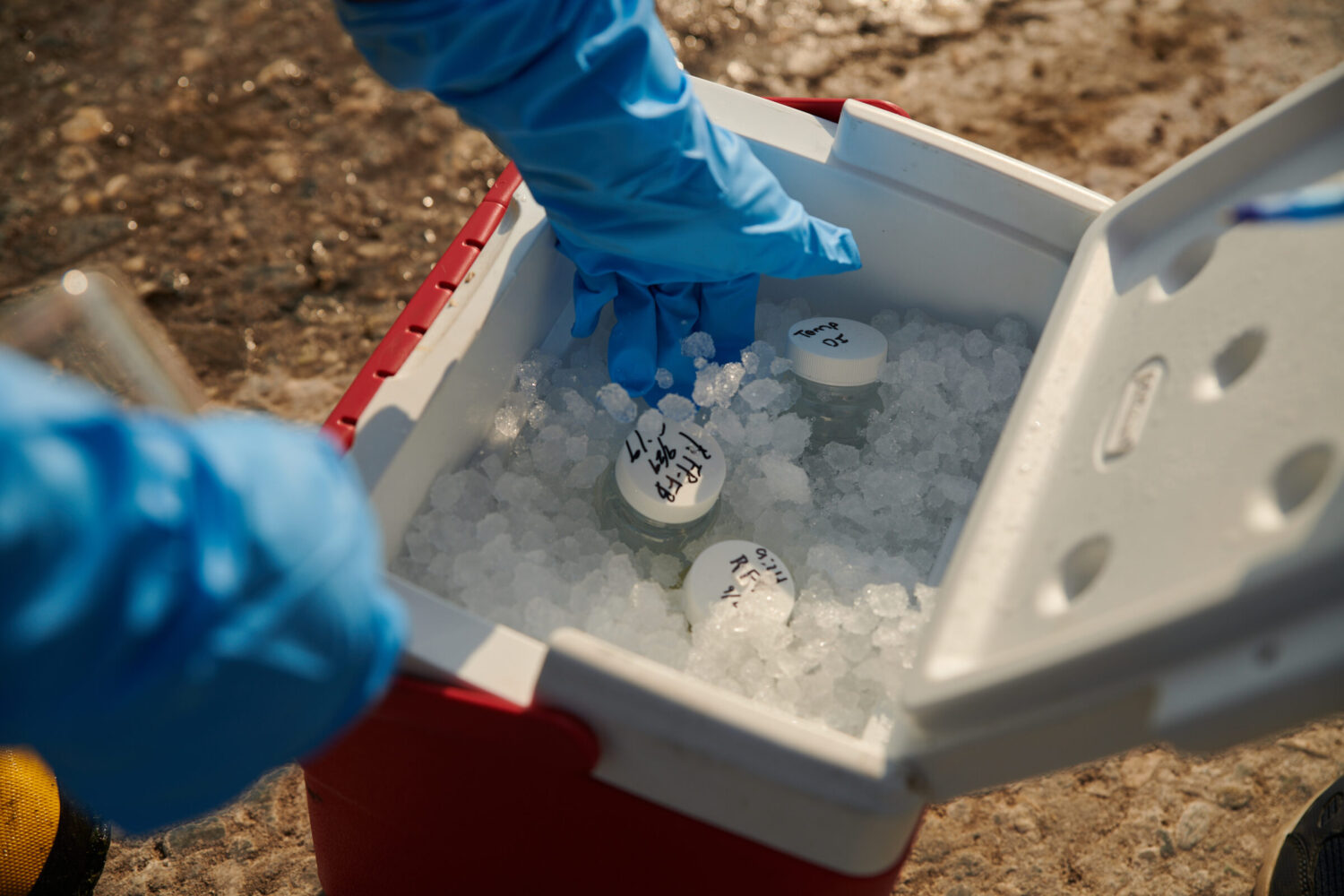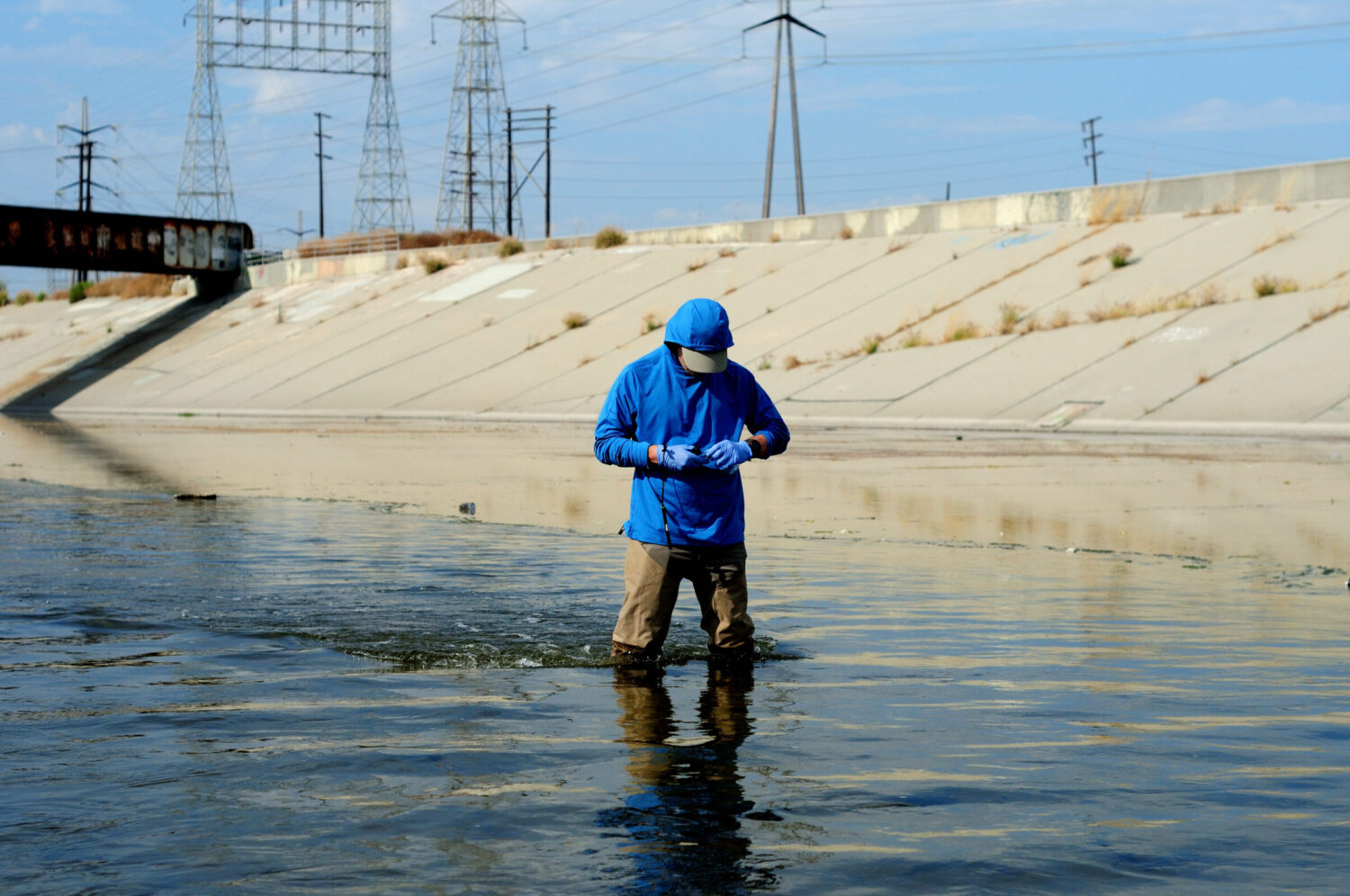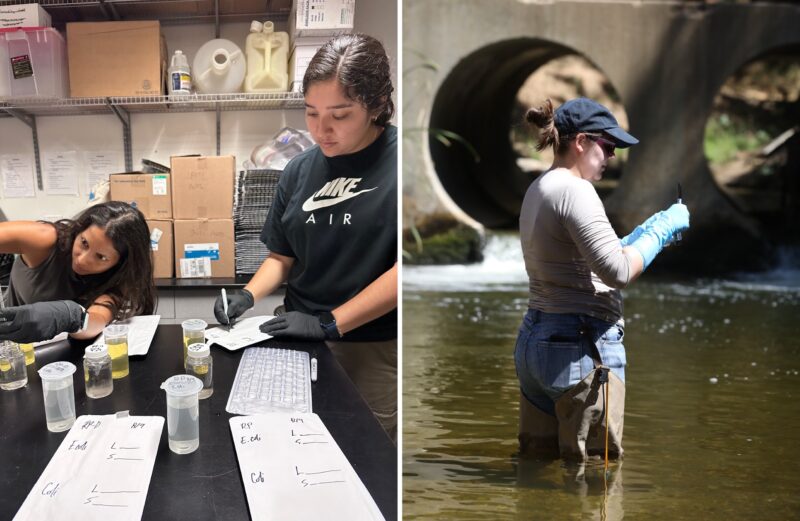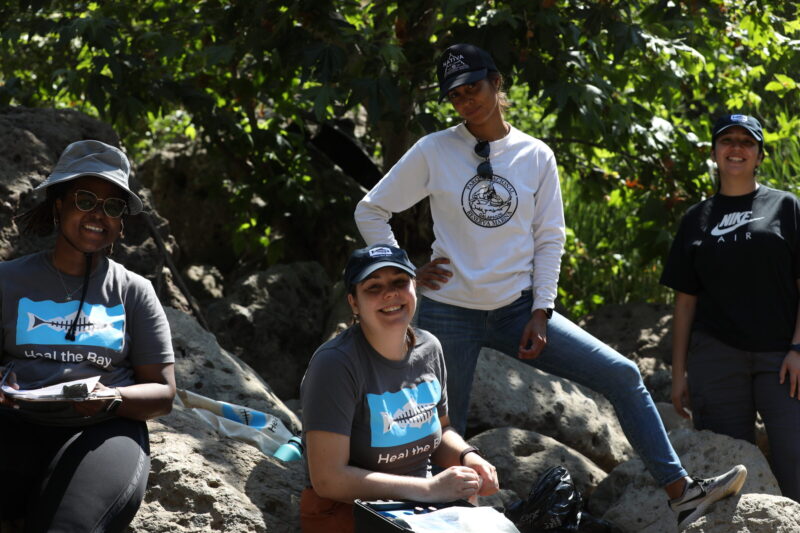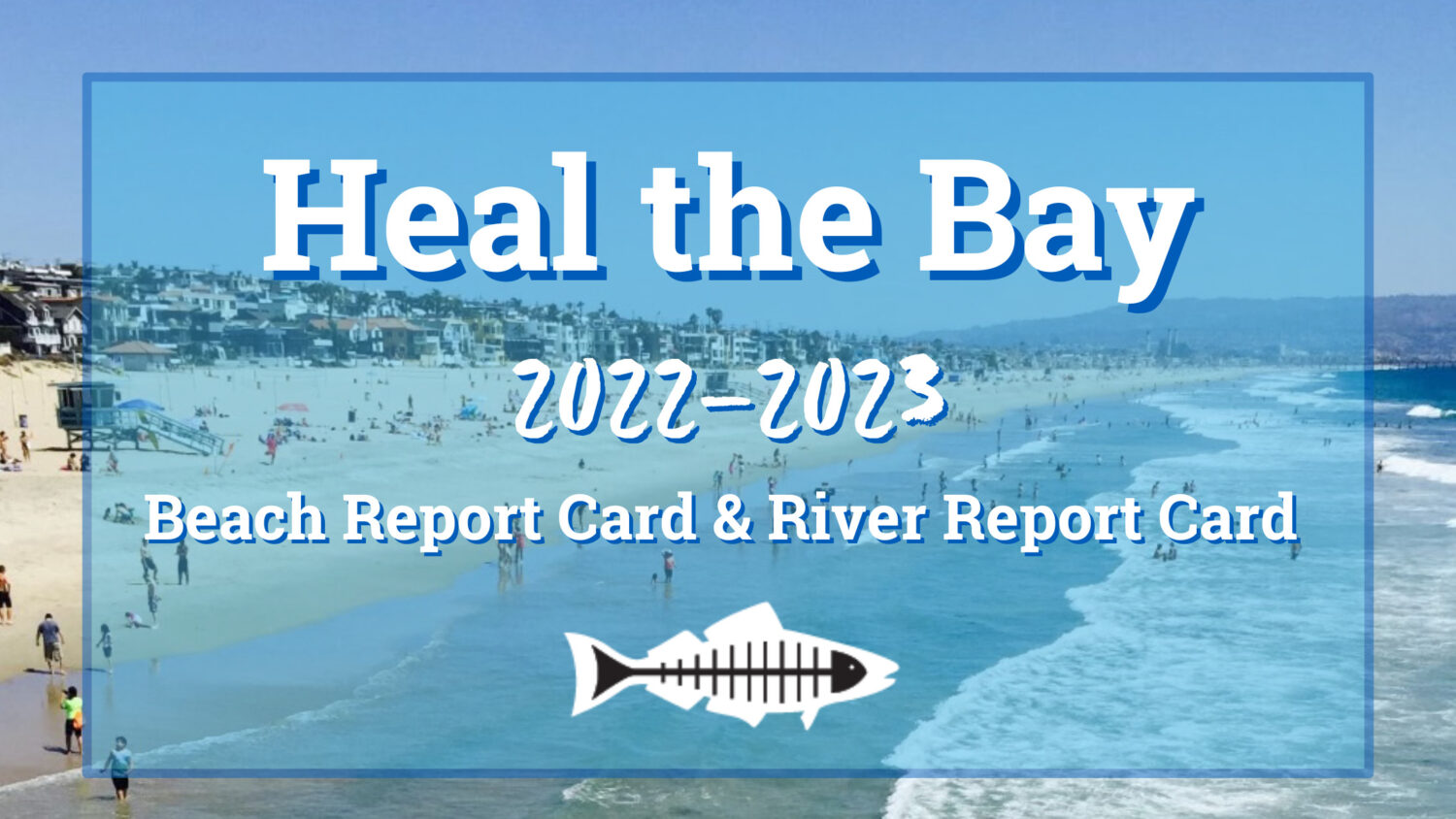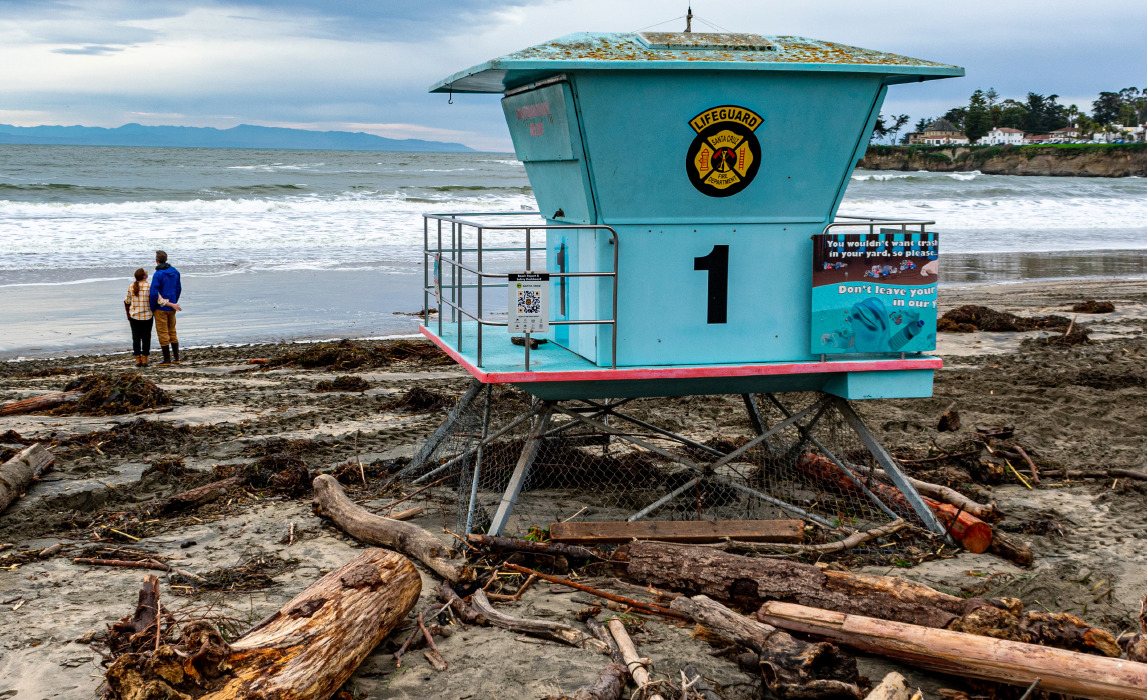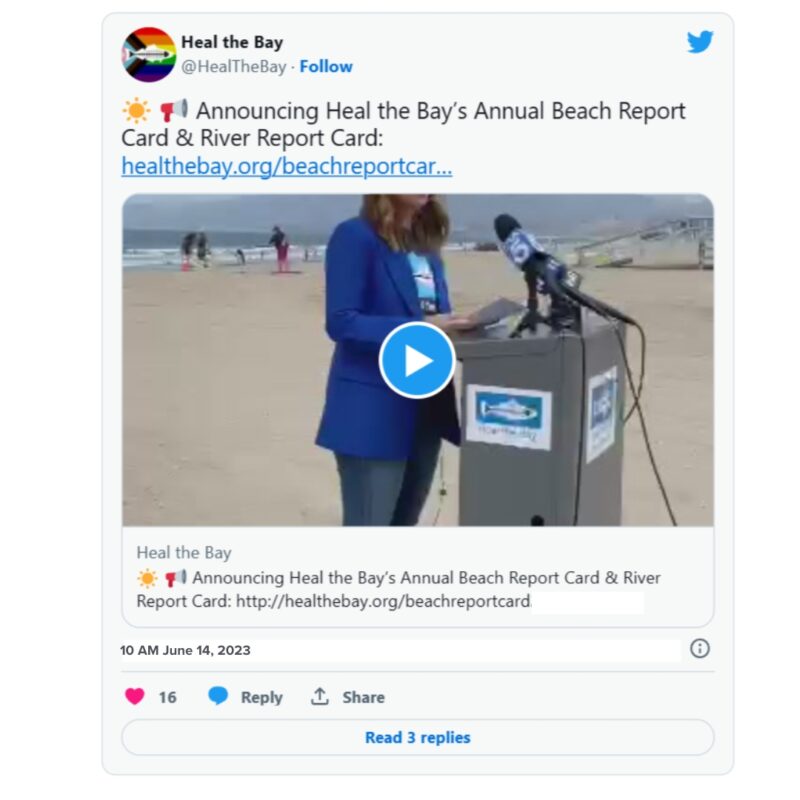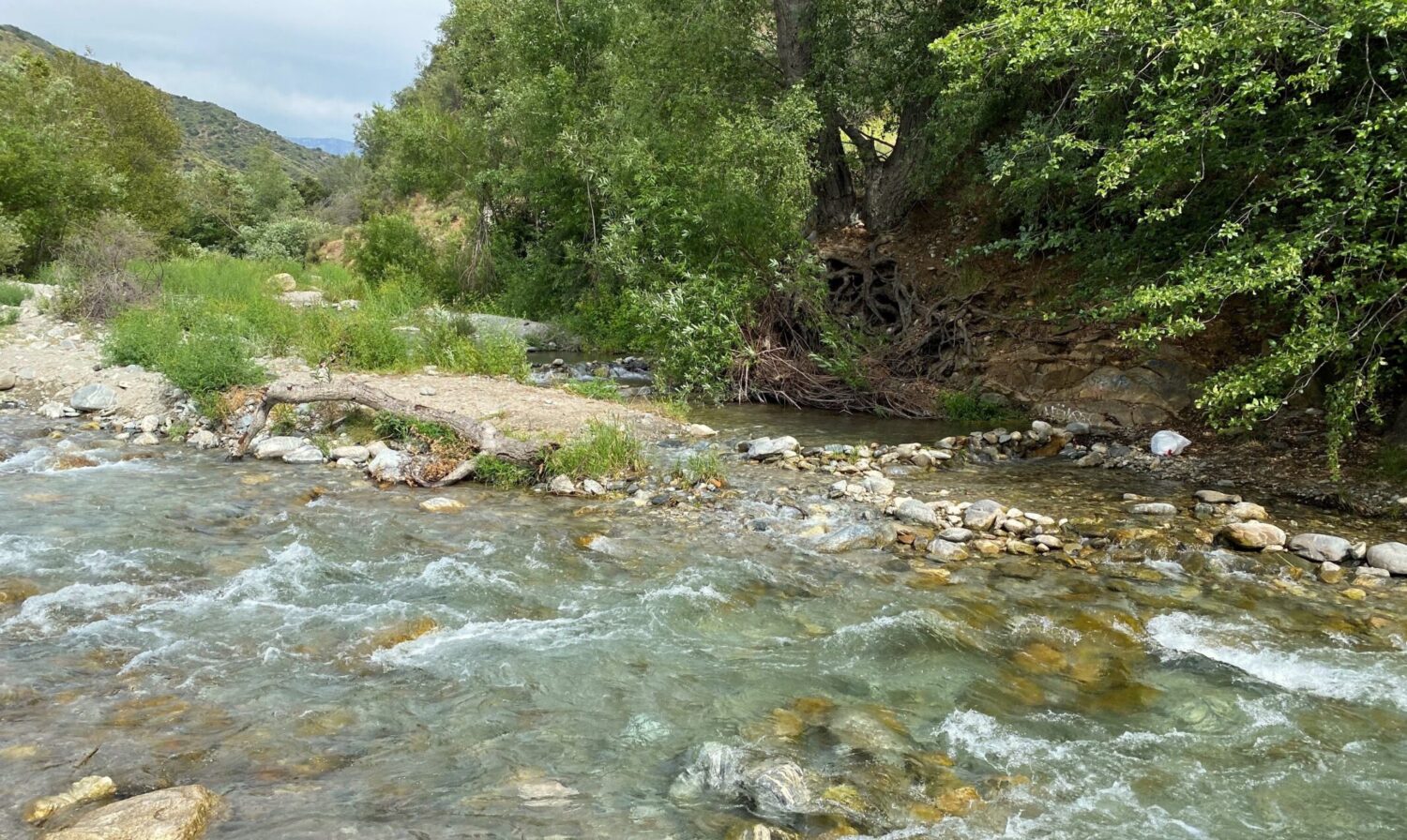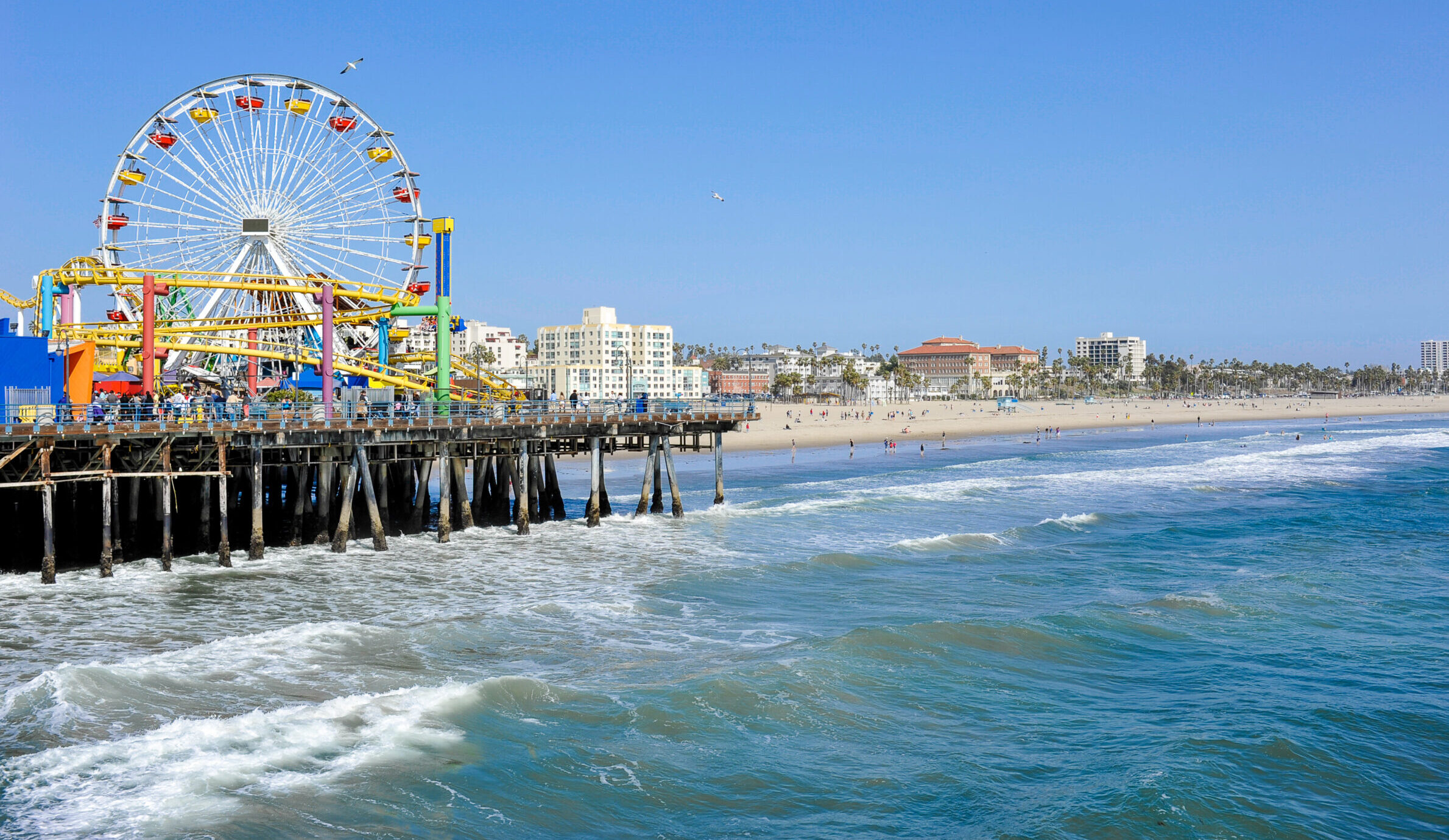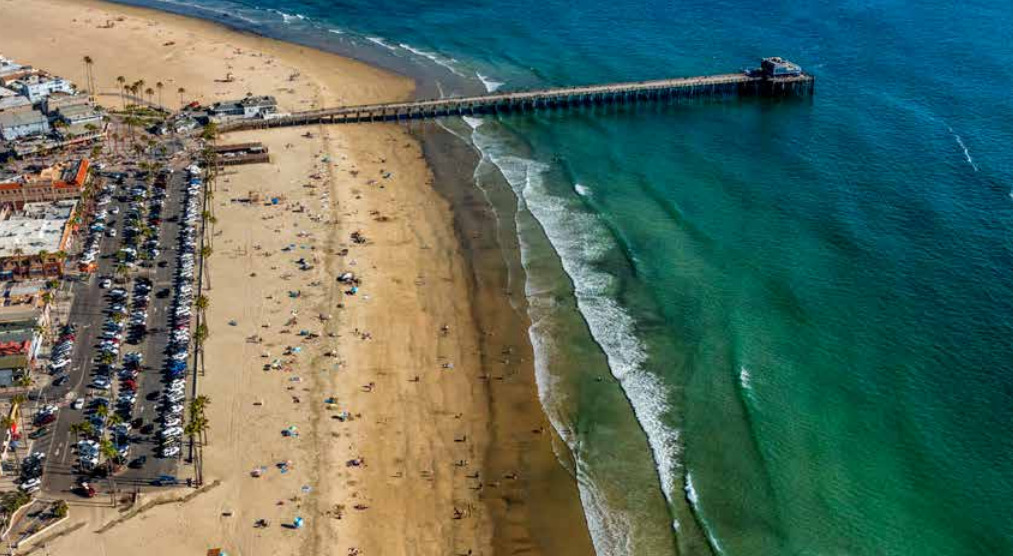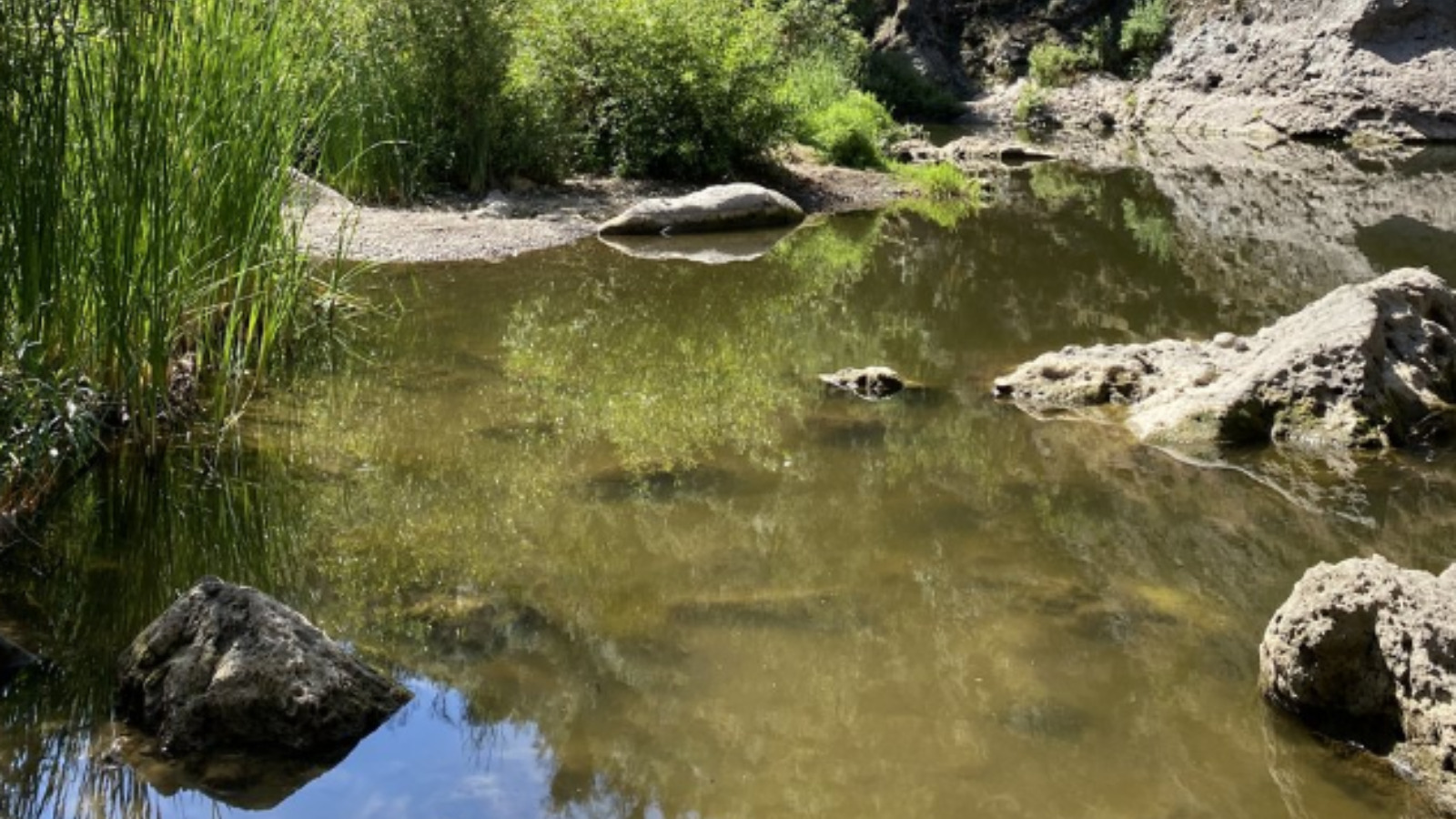Read our press release below or download here.
Water quality at many West Coast beaches and Los Angeles freshwater sites improved over the past year, according to Heal the Bay’s annual Beach Report Card and River Report Card, released today. The reports’ findings highlight both progress and persistent risks for millions of people who swim, surf, and play in local waters each year.
A near-record 62 beaches earned a spot on the nonprofit’s coveted Honor Roll with perfect A+ scores in 2024-2025. It was the highest Honor Roll count in over a decade. Only 12 beaches made the Honor Roll last year and just two in the 2022-2023 report. Freshwater sites also saw gains in the 2024 River Report Card, with 24 out of 35 graded safe for recreation.
But the good news comes with caveats. Climate “whiplash” is making water quality more variable. Dry years are generally bringing cleaner water — with less bacterial pollution washing into waterways — while wet years are dragging down grades. Persistent hotspots like the Santa Monica Pier, several San Diego County beaches, and the lower L.A. River remain unsafe despite improvement efforts. And January’s wildfires added a new layer of concern, underscoring the importance of Heal the Bay’s work to expand testing and monitoring in the wake of the disasters. “More beaches and rivers were safe for swimming than we’ve seen in years,” said Annelisa Moe, Heal the Bay’s Associate Director for Science & Policy. “But persistent pollution hotspots and new threats from climate extremes like wildfires make it clear that we can’t take clean water for granted. That’s why Heal the Bay is pushing for stronger infrastructure and policies to protect public health and our waterways.”
Download the Reports
Annual Beach Report Card
Annual River Report Card
Biggest Takeaways
1. Dry weather meant cleaner water, but climate extremes loom large. Nearly 9 in 10 beaches and more than two-thirds of freshwater sites were safe for recreating last year, likely thanks to a dry summer and winter. But progress is uneven, as climate extremes drive swings in bacteria levels and highlight the urgent need for resiliency planning.
2. Persistent hotspots show where work is most urgent. Trouble spots like the Santa Monica Pier, beaches along the U.S.-Mexico border, and stretches of the lower L.A. River remain unsafe year after year. Outdated sewage and stormwater systems, polluted runoff, and poor water circulation all contribute, underscoring the need for stronger infrastructure and controls.
3. Wildfires add layered threats to water quality. The January 2025 Palisades and Altadena fires washed ash, debris, and toxins into local waters, and early results suggest a link with worsened bacteria levels. Since Beach and River Report Cards only measure fecal indicator bacteria, more study is needed to assess impacts from wildfire-related contaminants like heavy metals. Heal the Bay is advancing this work through its Ash to Action initiative.
About the Reports
What are the Beach and River Report Cards?
Heal the Bay’s 35th annual Beach Report Card and 7th annual River Report Card take a deep dive into bacterial pollution trends at more than 700 beaches along the Pacific Coast and 35 freshwater sites in Los Angeles.
Each site gets an annual letter grade from A to F based on how much fecal indicator bacteria is found in the water during each testing season (summer dry weather, winter dry weather, and annual wet weather). The bacteria come from stormwater runoff, failing sewage systems, or other pollution, and they can cause illnesses like stomach flu, ear infections, upper-respiratory infections, and rashes. In short: The lower the letter grade, the higher the risk of getting sick.
All county health departments in California are required to test beach water quality samples for three types of indicator bacteria at least once a week during the summer season. Many counties also monitor heavily used beaches year-round. Heal the Bay compiles and analyzes the data to produce the annual Beach Report Card.
Freshwater sites don’t have the same monitoring requirements, so Heal the Bay deploys its own scientists with the Stream Team — students trained in field and lab techniques — and works with other local groups and municipalities to collect and analyze samples throughout the summer (May to September).
How is this different from the reports shared in May?
In May, Heal the Bay released a first look at this year’s Beach Report Card with a list of California’s Honor Roll beaches and bottom 10 Beach Bummers. Today’s release expands on those lists with deeper insights and annual grades for more beaches across California, Oregon, Washington, and Baja California.
The 2024 River Report Card was released today and includes annual grades and insights into 35 freshwater sites across Los Angeles.
How did the wildfires impact the reports?
The January wildfires delayed the full report release as Heal the Bay scientists worked to quickly assess how toxins from fire debris were impacting beach and water quality and notify the public about potential health risks beyond bacteria pollution. More information about Heal the Bay’s post-fire response work is available in a special section of the Beach Report Card (pgs. 52-54).
Note: The water-quality grades released today only reflect monitoring of fecal indicator bacteria. They do not include data related to testing for harmful heavy metals and other toxins that made their way to L.A.-area beaches following the Palisades and Altadena wildfires in January.
To follow along with Heal the Bay’s continued exploration of wildfire impacts and solutions, visit the Ash to Action webpage
What’s the difference between the annual and weekly report cards?
Weekly grades for beaches and freshwater sites monitored by Heal the Bay are available on the Beach Report Card (beachreportcard.org) and River Report Card (healthebay.org/riverreportcard) websites. These weekly grades are based on the most recent samples, offering a snapshot of bacteria levels to help people gauge their real-time risk.
The annual reports examine patterns and trends over longer periods to identify consistent problem spots, sources of pollution, and ongoing impacts. These findings help policymakers formulate solutions, aid scientists in improving testing and monitoring methods, and give the public a look at which waters are best avoided throughout the year.



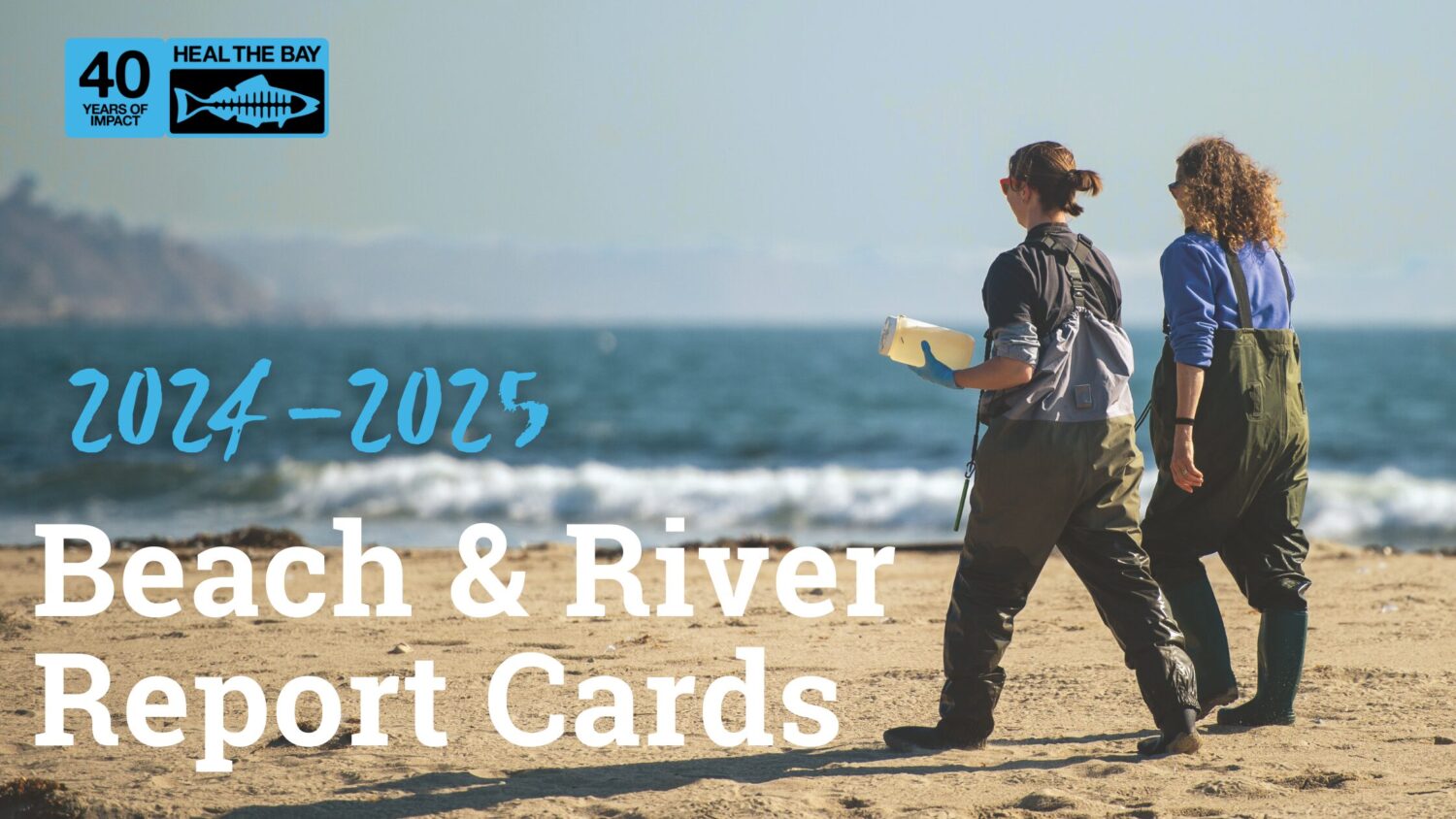
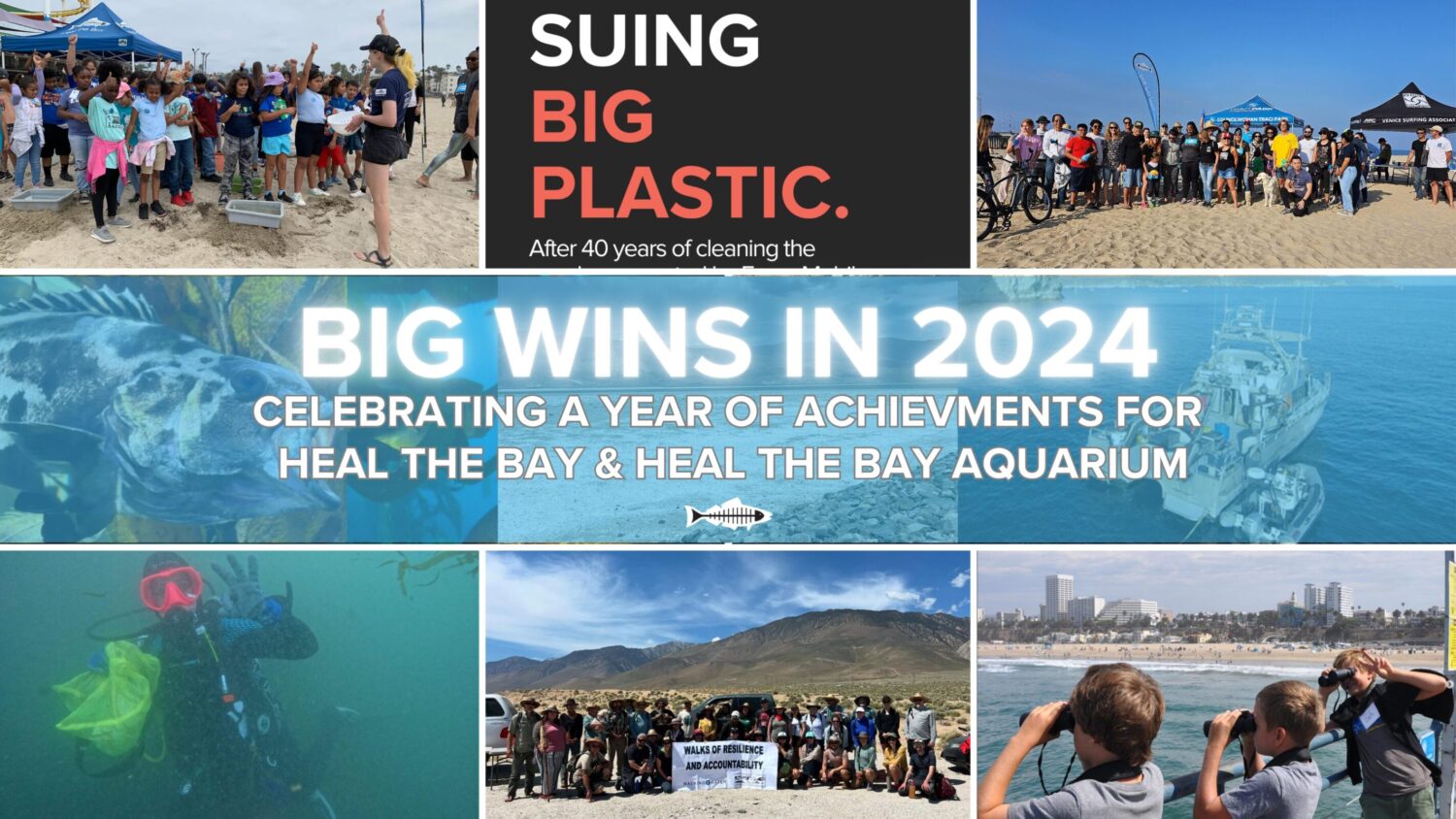
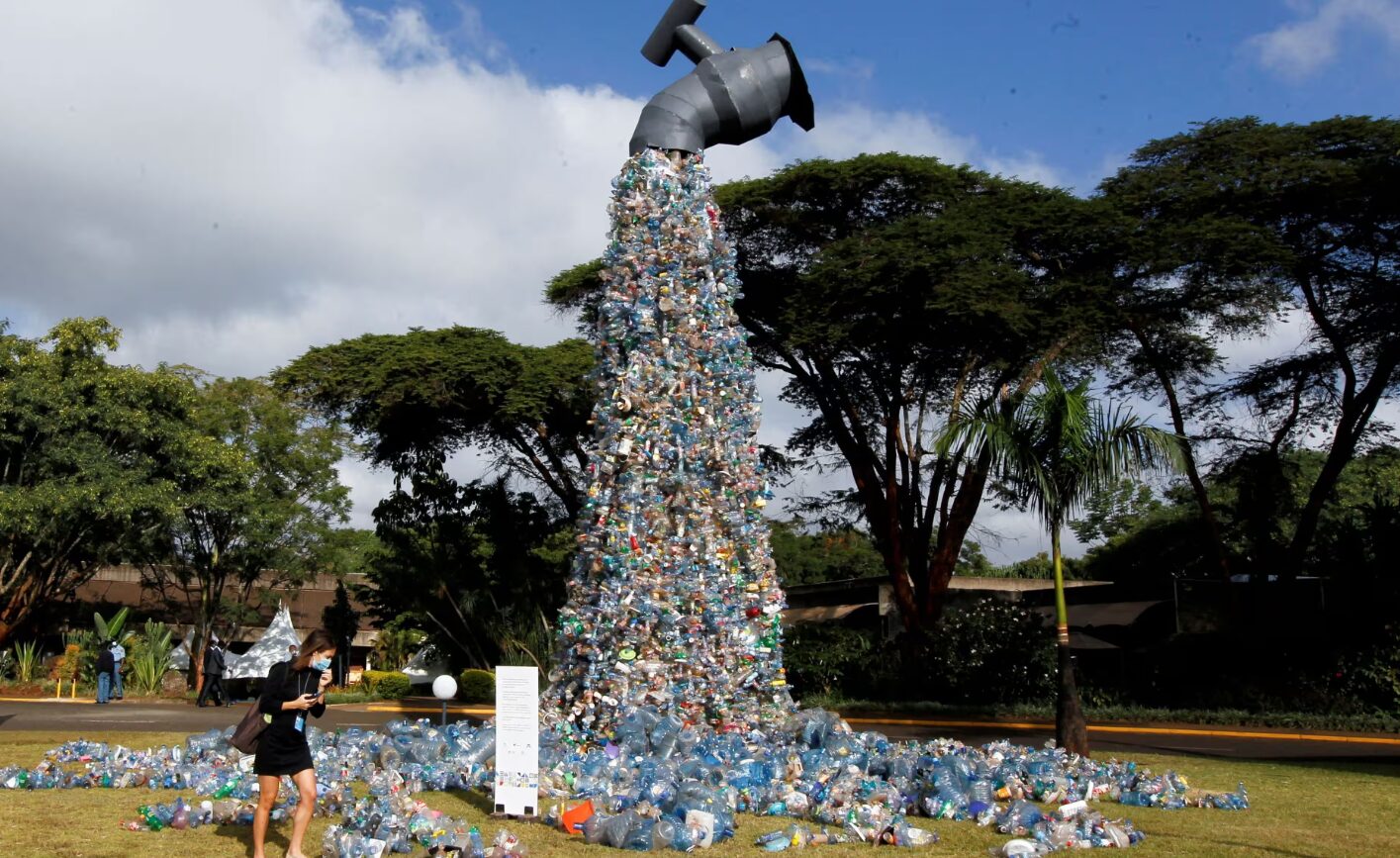 Heal the Bay co-authored the
Heal the Bay co-authored the 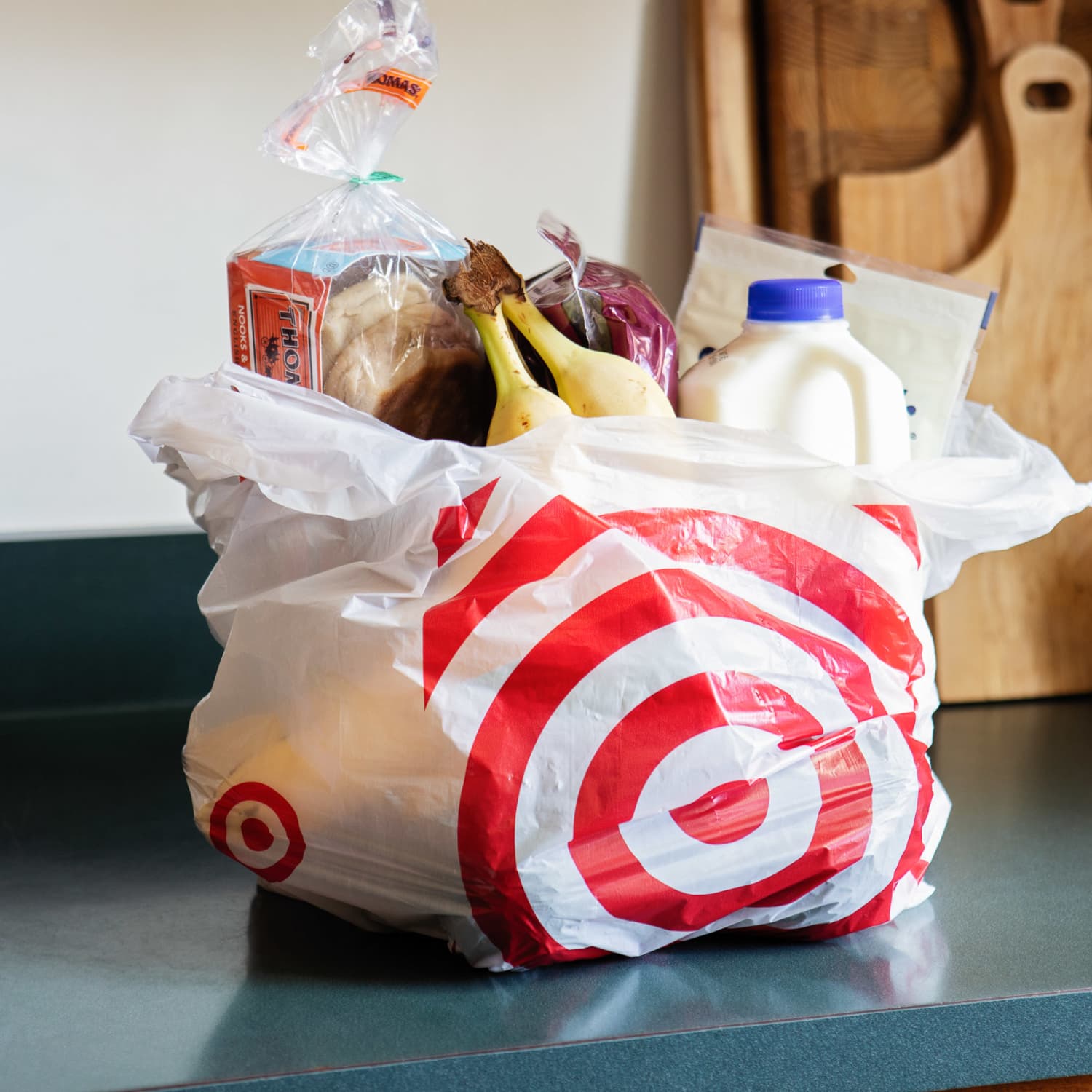 Heal the Bay advocacy supported major wins for state and local plastics regulation this year, including the passage of
Heal the Bay advocacy supported major wins for state and local plastics regulation this year, including the passage of 
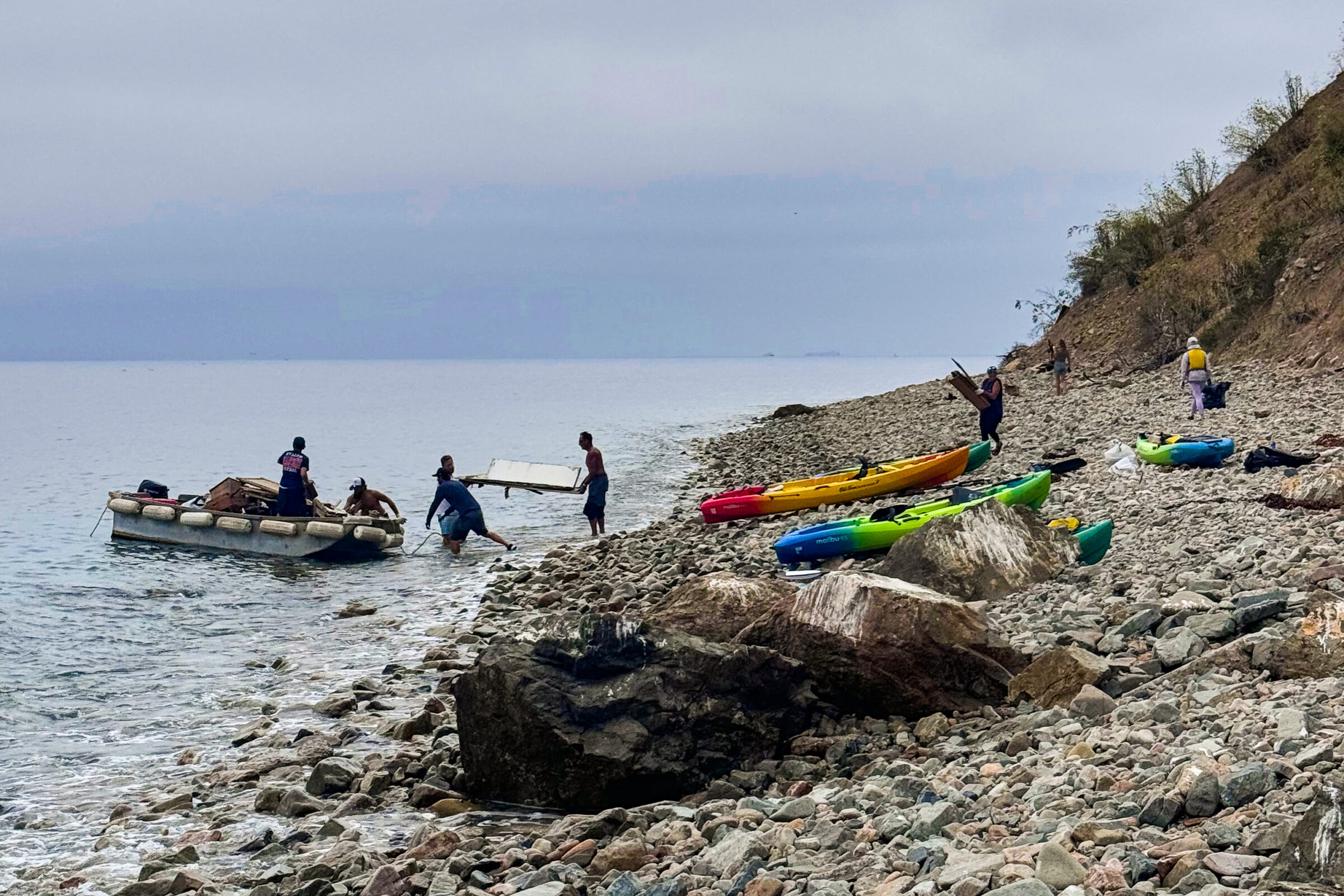 They were also featured as experts in the Los Angeles Times documentary “Out of Plain Sight.”.
They were also featured as experts in the Los Angeles Times documentary “Out of Plain Sight.”. 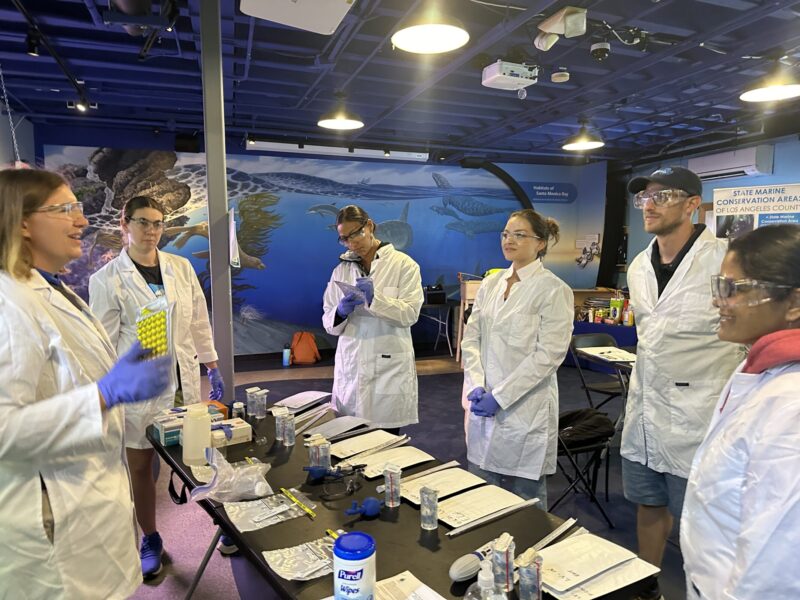
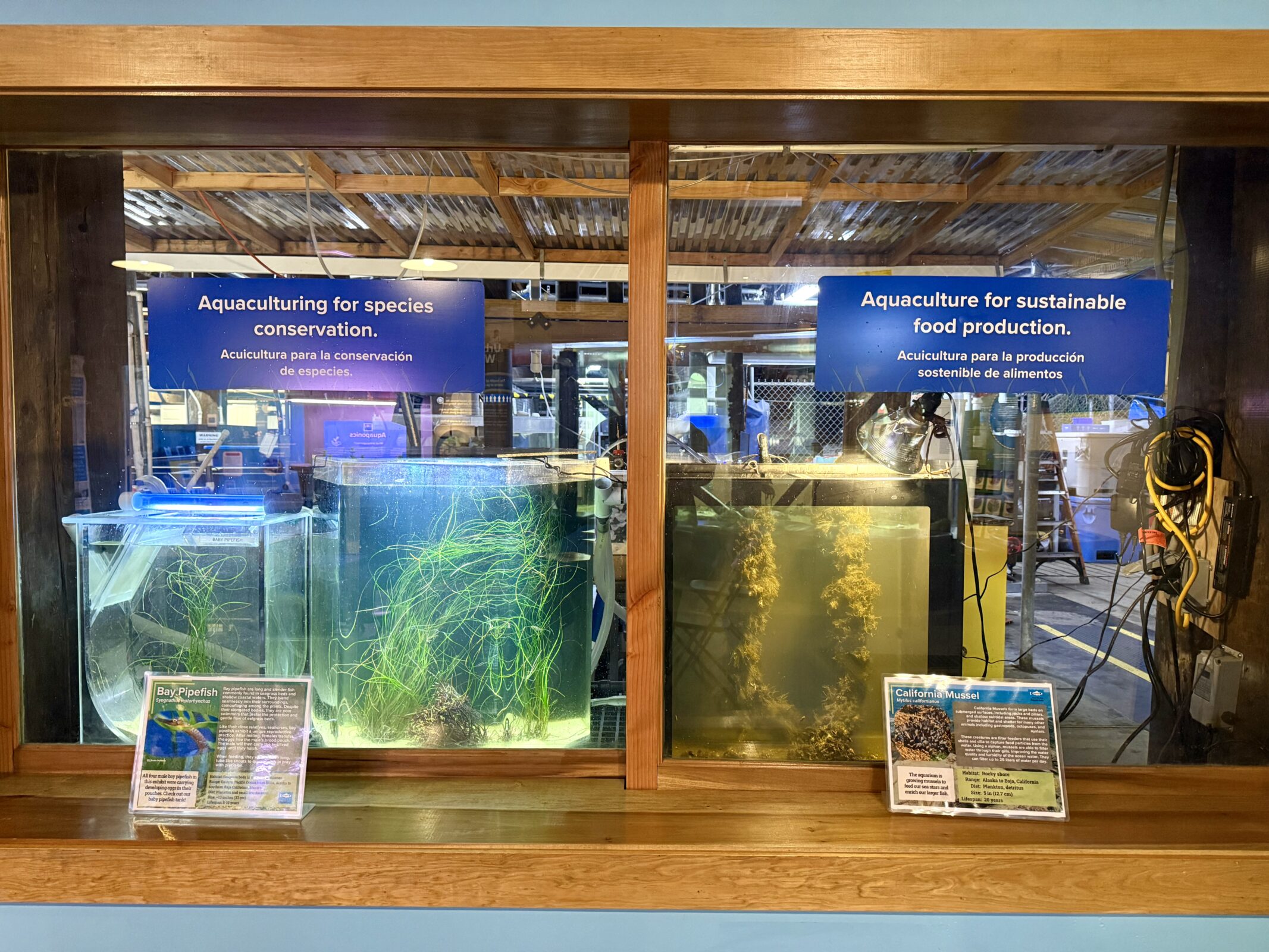 In 2024, Heal the Bay built a blue economy, providing professional training on sustainable aquaculture practices in partnership with Santa Monica College.
In 2024, Heal the Bay built a blue economy, providing professional training on sustainable aquaculture practices in partnership with Santa Monica College. 

